Terraces on top of the world
By Hu Yongqi and Li Yingqing ( China Daily ) Updated: 2013-07-26 06:35:15
Food for thought
|
The world's most expensive crayfish By Hu Yongqi in Kunming The villagers say Hani farmers fell in love with crayfish after a small number of the crustaceans were imported from Jiangsu province several years ago. The crayfish, which were intended as a food source, were introduced to fields with adequate water to ensure their survival, but their numbers expanded so rapidly that the rice terraces sustained enormous damage. "The prefecture recognized the problem and invested 1 million yuan ($163,000) to eradicate the crayfish. Those we caught certainly weren't worth 1 million yuan, but our goal is to maintain the environment in accordance with the natural order," said Wu Hao, director of the publicity department of Honghe Hani and Yi autonomous prefecture. Yang Fusheng, head of the prefecture, said the crayfish were eradicated to prevent further damage to the terraces and the traditional way of life. Wu said, "Our purpose was not to make money from the Hani terraces. Instead, we wanted to protect them in line with international standards. Many people congratulated me when the terraces were declared a world heritage site, but there was pressure to avoid any action that would damage them. We realized that some of the Hani who had abandoned the terraces lacked awareness about protecting their culture, so the rules set by the government are essential." |
Since it opened, Li's restaurant has catered to a wide range of visitors, who carry high-quality cameras to take photos of the terraces next to the house. The food is either his own produce or is purchased from neighbors, ensuring the fare is "100 percent natural and no chemicals are used".
Local dishes, such as buckwheat cakes, take pride of place at the top of the menus. Eels and loaches are also popular dishes. They mature in the rice fields but are "not fed contraceptives (which increase body mass) in aquaculture farms", according to the villagers.
"I used to work in distant towns and cities, but I was unable to take care of my children. Now things have changed and I don't want to leave my family, so I focus on producing the best food I can," said Li.
The clean, tidy village looked vastly different in the old days, when the pigs wandered free and their droppings covered the dirt road. The power supply was unstable and the 50 houses were so outdated and filthy that visitors would not approach them, despite the delicious food on offer.
The dilapidation was so bad that the local tourist bureau organized a series of training sessions for the villagers and now the houses, all boasting traditional mushroom-shaped ceilings, are spotlessly clean. Cows and pigs are kept in specially erected sheds.
However, it's a slow process and 73 other villages in the scenic area have yet to embrace change. Once the rice is planted safely in early June, the workers travel far and wide to earn additional income, only returning for the harvest in late September.
In the past, roughly one-third of Dayutang's labor force migrated to cities, such as the prefecture capital, Mengzi, for temporary work, a common practice in rural areas. In 2012, the annual per capita net income for farmers in Yuanyang was 3,600 yuan. Although that's an increase of more than 100 percent from 2007, the figure is still just half the national average.
"The most important thing for the Hani terraces is to keep the farmers on the land. Only in this way can the legacy be upheld and the culture displayed," said Zhang.
Lu of the tourism authority said the "treasure" would have been ruined if the farmers had left their homes to seek work in other areas.
To that end, the bureau initiated the "Beautiful Homes Project" to help residents provide food and accommodation for visitors. By 2020, every household in the terraces' scenic area will serve food and have at least one bed for visitors.
Yuanyang government said the scenic area will receive around 10,000 visitors a day and more accommodation will be required. At present, centers such as the townships of Xinjie and Nansha have just 5,000 beds. Houses will be rebuilt in 73 villages, including Xiaolinggang. Li Zhiguang, the village head, said the 51 households were each given a stipend of 30,000 yuan and the residents are looking forward to seeing the new accommodation and welcoming visitors into their homes.
Li Zhengfu is confident tourism will benefit the area and is determined to emulate his ancestors by staying on the terraces and protecting his heritage. "We will try our best to maintain the terraces, but who knows what will happen if too many visitors arrive?" he mused.
Guo Anfei contributed to this story.
Contact the writer at huyongqi@chinadaily.com.cn
- Leave a moment of peace for the Hani Terrace
- Hani terrace:a new World Heritage sitexia
- Stunning photos of Hani terrace
- Stunning photos of Hani terrace
- Hani terraces named UNESCO world heritage
- Hani terrace:a new World Heritage sitexia
- Terraces cultivate global recognition
- Hani rice terraces in UNESCO heritage
- Hani Rice Terraces wins World Heritage status
|
|
|
|
|
|
|
|
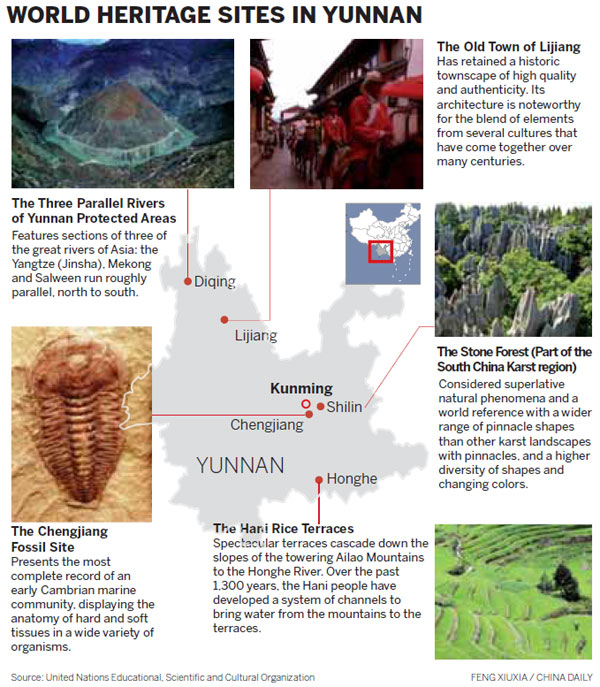
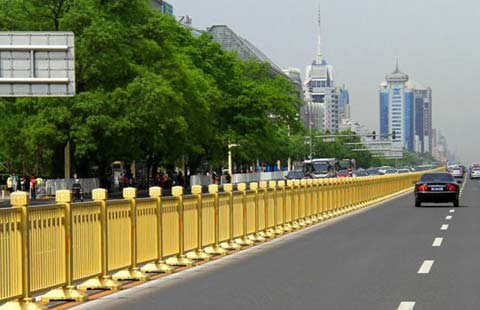


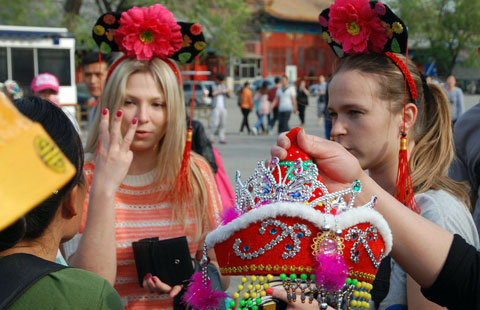

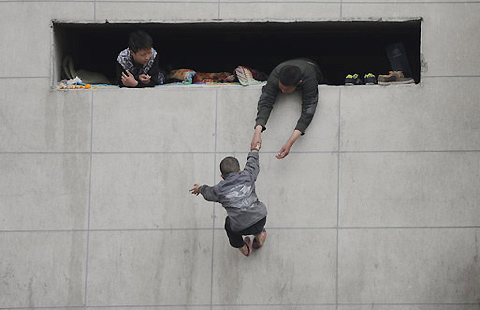


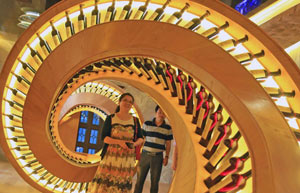





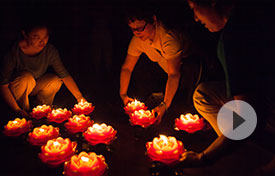



 Op Rana
Op Rana Berlin Fang
Berlin Fang Zhu Yuan
Zhu Yuan Huang Xiangyang
Huang Xiangyang Chen Weihua
Chen Weihua Liu Shinan
Liu Shinan